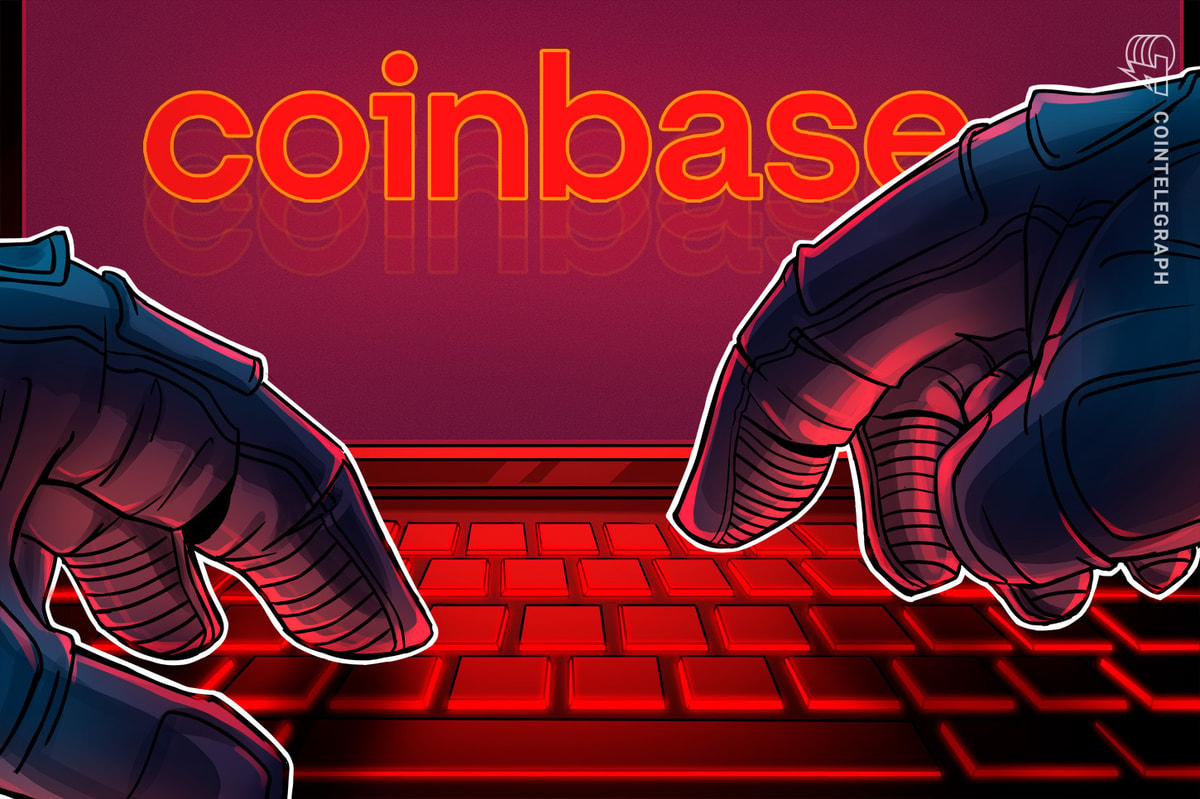
Dave Carlson is a former Microsoft software engineer who discovered Bitcoin in 2010, a year after the system was launched by creator Satoshi Nakamoto. Carlson is now the CEO of Giga Watt, a blockchain hosting and servicing center for mining hardware.
Carlson’s previous bitcoin mining firm, MegaBigPower, was recently acquired by Giga Watt, which Carlson says will essentially take everything MegaBigPower was working on and supercharge it with more capital and a bigger team.
Bitcoin Magazine recently reached out to Carlson in order to get his thoughts on everything from the incentives that persuade miners’ actions on the Bitcoin network to the perceived centralization of bitcoin mining in China.
How much of Bitcoin’s network hashrate is at your facility? Do you have a notable share of other coins’ hashrate there?
At 3.5 Exahash, there’s a tremendous amount of hashing on Bitcoin’s network. If we use all our current available power, we’d achieve only 1 percent.
I’ve been focusing on diversification in the last year. We now split our available power across about four or five primary blockchains and operate over 1,700 GPUs. That will change as we build out our 30 MW project this year, which will put up a lot of Bitcoin hashrate.
What do you think the role of miners is in the Bitcoin network? Should they be implementing the protocol changes they think would be best for Bitcoin or looking to users, full node and the economy for guidance?
If you look at the way Bitcoin’s protocol incentivizes miners, it’s clear that the role of miners is to be focused on deploying as much processing equipment as they can, while focusing on improving the efficiency of the hardware, the facilities and the operations team.
Miners don’t get incentives to weigh in on political or technical debate. Miners will always seek the best returns. The system is designed this way.
It’s more about self-preservation [than] it is about greed. Miners are the ones with the fixed costs they have to cover if they want to continue to operate. For example, as a miner I want to see fees rise. If my perception is that small blocks increase competition for transactions and drive fees higher, then the easiest thing for me to do is make no change at all.
If you look at who has the real power to change Bitcoin, it’s the pools. But many of the pools keep transaction fees, so they also benefit from no change. The only people who are worried about it are those who have a deep enough understanding of the protocol to believe that Bitcoin may fail to grow without a change.
The answer (and solution) to all this is to look to the community of creative problem solvers for some innovation. If Bitcoin is not scaling in the direction of transactions per second, it will find scale in a different direction, likely as a result of innovation.
Are you still planning an ICO for Giga Watt? If so, will this be a registered security?
We’ve been working very hard to come up with a product or service that gives anyone — not just accredited investors — access to our blockchain processing facility infrastructure. We didn’t need to do an SEC-registered ICO. Instead, we created a token offering in which people can get access to the electrical infrastructure that powers their miners.
When people place miners with us and own the WaTT tokens for the infrastructure that runs it, they are literally operating their mines with full economic advantage. We are giving people a way to remotely assemble their own mining operation within our facilities, where we have the best design, best team and most advantageous prices. We’ve shown that the best results in mining are achieved by combining highly efficient facilities with extremely cheap electricity cost and now we are giving anyone in the world the opportunity to do it too.
Can you respond to this blog post on the Bitmain website regarding the alleged unauthorized use of their trademark? They claim the following:
“We have never authorized and will not authorize Giga Watt as our official hosting facility or our service center in the USA. We have never supported and will not support Giga Watt’s ICO. We have never authorized and will not authorize Giga Watt to use our BITMAIN trademark in any circumstances. Mr. WU Jihan has never been and will not be a member of Giga Watt team.”
As always, the truth lies somewhere in the middle. When the lawyers drop a bomb like this, it’s often a “shoot first, ask questions later” type response. This was a combination of simple misunderstanding, timing and circumstance. Regrettable.
Note: Bitcoin Magazine reached out to Bitmain, but the bitcoin mining hardware manufacturer had nothing to share outside what was already written in the blog post.
Do you think there is a need to get more bitcoin mining happening outside of China? Is Washington the best alternative to China for mining?
I absolutely do believe China has gotten too dominant on the network. Because of the economics of mining, it’s simply not possible to create [the incentives] to mine just anywhere — in most places, the cost of power immediately rules out mining profitably.
We are fortunate to enjoy extremely cheap hydro power in Washington State, so it’s one of a number of great places. As awareness of the blockchain processing industry begins to awaken, I’m very interested to see how larger businesses (such as power generation owners) begin to find unique ways that blockchain processing can benefit them, thereby beginning a trend toward global decentralization again.
Do you think miners should be signaling for Segregated Witness (SegWit) with nearly all exchanges and wallets preparing for it or looking forward to it?
SegWit seems to have the most fundamentals behind it. It’s a non-arbitrary solution, unlike what most other options seem to be. It was written by a brilliant engineer and clearly represents some deep understanding of blockchain [technology] and crypto.
I also like that it is a soft-fork solution that is less disruptive to the network. The reason it (and all other solutions) [hasn ’t] been taken is simple — miners don’t see how they are going to make more money. If you show miners a way to scale the network that also gives them a financial incentive, you’ll have consensus in no time.
Which mining pool does Giga Watt point its hashrate at?
At the moment, we allow our customers to control that, so we use many pools. I expect to put up a GigaPool later this year that will provide mining for a regional consortium of mining operator-partners. This work is based off my earlier attempts to start a franchise program.
What do you think of Bitcoin Unlimited?
Bitcoin Unlimited is interesting in that it gives miners (pools, really) the ability to choose block size for themselves and change it over time. I think this is pretty creative, but essentially miners will config for whatever makes the most money.
If smaller blocks with larger fees makes them money, we will have consensus, but block sizes will still be small. In the future, it will give the biggest pools and those with the most mining power [the ability] to effectively manipulate fees at will.
The more recent threats to hard fork the network [are] terrible for bitcoin’s value. A fork would dilute the brand, confuse newcomers and demonstrate just how dangerous centralization has become. The power represented in these recent actions shows who is holding all the cards. We desperately (and quickly) need a balance of power in the mining space — for too long, investors didn’t pay attention to this part of ecosystem, leaving the door wide open for someone else to take over control.










